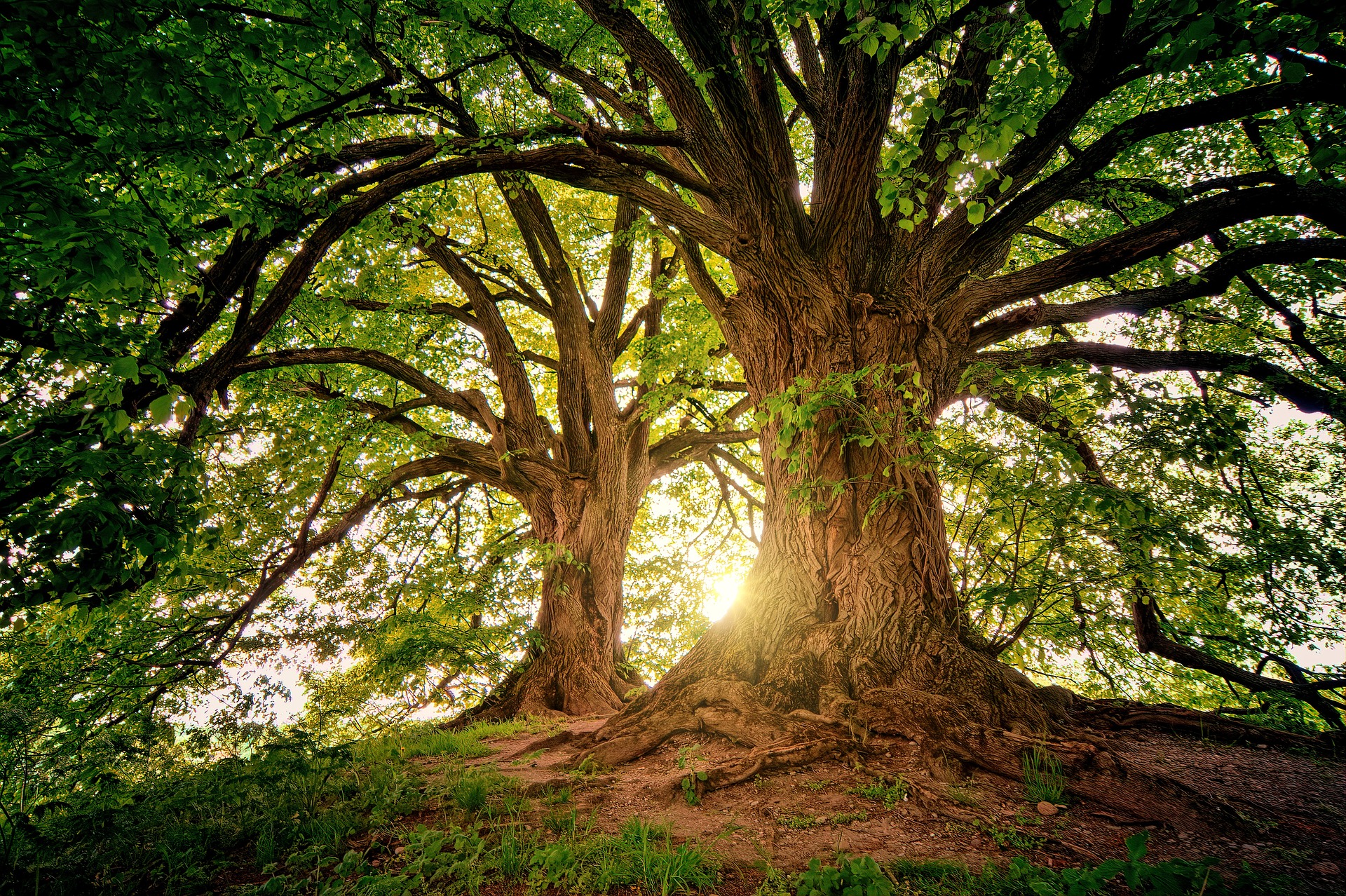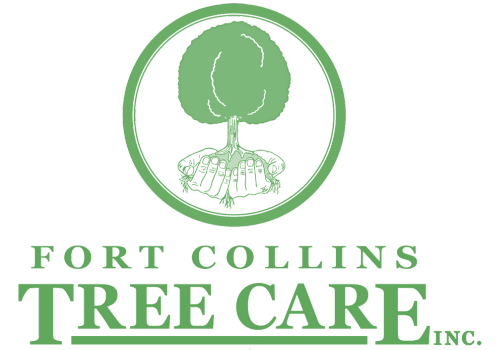ARE YOU READY FOR SOME HELP?
Damage caused by the woolly apple aphid
The woolly apple aphid mainly attacks apple trees, but also American elm, pear, quince, hawthorn, mountain ash, hawthorn, cotoneaster, and crabapple trees. They attack roots, trunks, limbs, shoots, and fruit. They suck sap from the plants, causing wilting and dieback of shoots and buds, contaminated fruit, deformed roots with galls, and the spread of fungi and diseases, but the biggest problem they cause is stunted tree growth. They rarely cause severe damage to adult trees, but they can kill young trees. Woolly apple aphids excrete honeydew, and large infestations attract ants, bees, and wasps and may grow moldy.
Image by: Whitney Cranshaw, Colorado State University, Bugwood.org
How to identify the woolly apple aphid
Some woolly apple aphids live underground all year long, feeding on the roots and causing swellings or galls where they feed. Other woolly apple aphids live above ground at the base of leaves, on sprouts on new growth and on bark wounds.
The woolly apple aphid eggs are ovoid, about 0.02″ long, brown to purple, covered with wax, and found only in cracks in American elm tree bark.
The nymphs are 1/50″ to 1/20″ long, have a dark reddish-brown body, and some cover themselves with white wax threads. The first nymph stage, crawlers, are responsible for most of the woolly apple aphid migration on the tree, they crawl around the tree and sometimes are blown from tree to tree by the wind.
Most adult woolly apple aphids are wingless, with an oval dark brown to purple body, about 1/12″ long. Some adults have wings and they migrate between the apple and elm trees, they usually have a covering of long white waxy threads. Male woolly apple aphids are wingless and only found on American elm trees.
Image by: Jeffrey W. Lotz, Florida Department of Agriculture and Consumer Services, Bugwood.org
Life cycle of the woolly apple aphid
The woolly apple aphid reproduces sexually and asexually, and sexual reproduction requires both American elm and apple (or similar) trees.
Woolly apple aphid eggs hatch in the spring creating a generation of wingless, parthenogenic viviparous females only on American elm trees. This generation and the next eat the elm’s leaves during May and June. The 3rd generation develops wings and flies back to the apple trees. The adult female woolly apple aphids create multiple generations of wingless aphids during the summer, that feed on the trunk and branches of the apple tree. In the Fall another winged female generation develops, which flies back to the American elm trees. These winged females give birth to a generation of wingless males and females. This generation mates and the females lay one egg in a crack in the bark of the elm tree.
If American elm trees aren’t present, winged females may fly from apple to apple tree, and continue to reproduce asexually. In the spring and Fall, the crawlers may migrate between the roots of the apple tree and the trunk, branches, and leaves. They also overwinter as nymphs on the roots of the apple trees and can be found year-round feeding on the roots. Female woolly apple aphids can give birth to live young in spring, summer, or Fall allowing populations to grow very quickly.
Image by: Joseph Berger, Bugwood.org
How to control the woolly apple aphid
The best way to prevent woolly apple aphid damage is to use woolly apple aphid-resistant rootstock and to carefully inspect new plants for aphids before planting. It is recommended to keep American elm trees away from your apple trees. Lady beetles, lacewing larvae, and parasitic wasps are natural predators of the woolly apple aphid, but chemical control may be necessary when aphid populations are larger than natural enemies can control. Spraying with insecticidal soap will disrupt cell membranes and dissolve their waxy protective coating, and woolly apple aphids can be manually washed from the tree. If you use insecticide, spray in the spring to kill the crawlers moving up the trunk to feed, because insecticides are less effective against the more mature larvae that are protected by the waxy covering.













